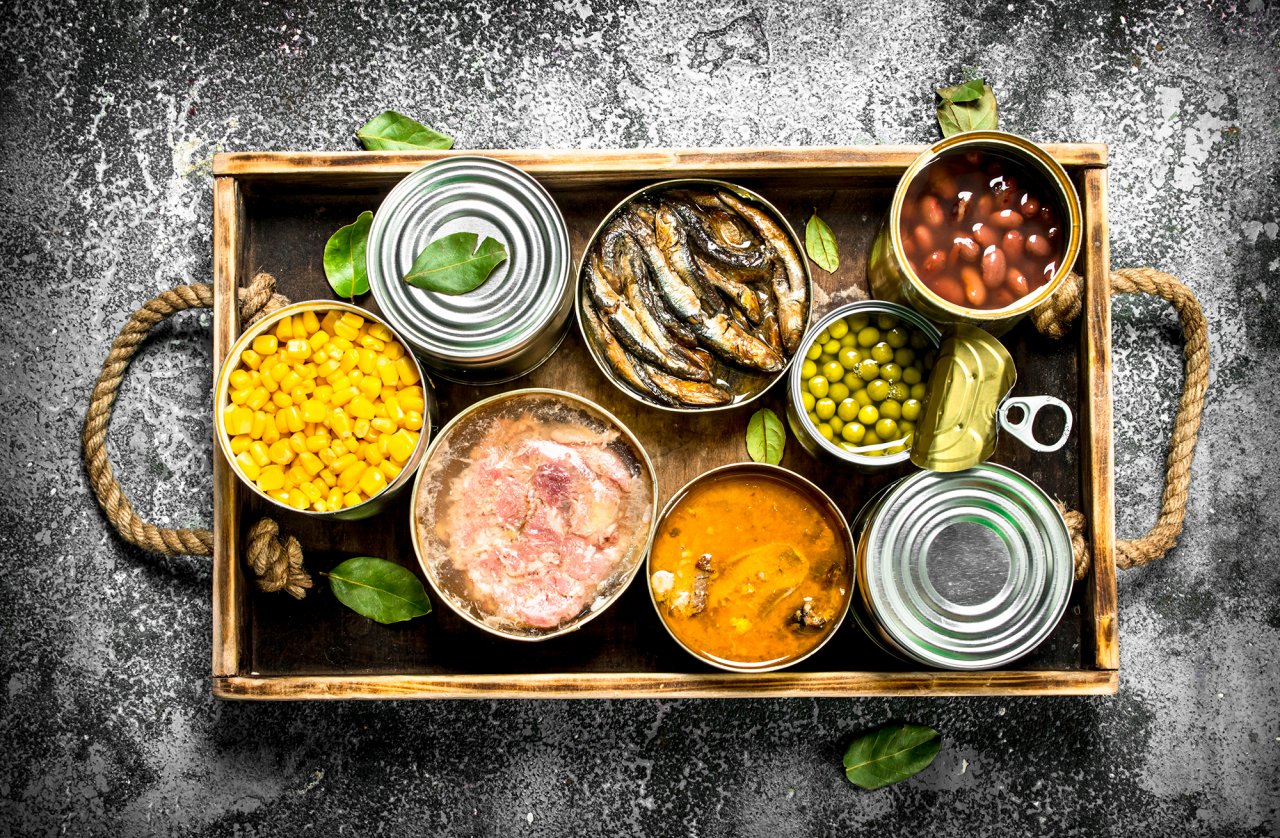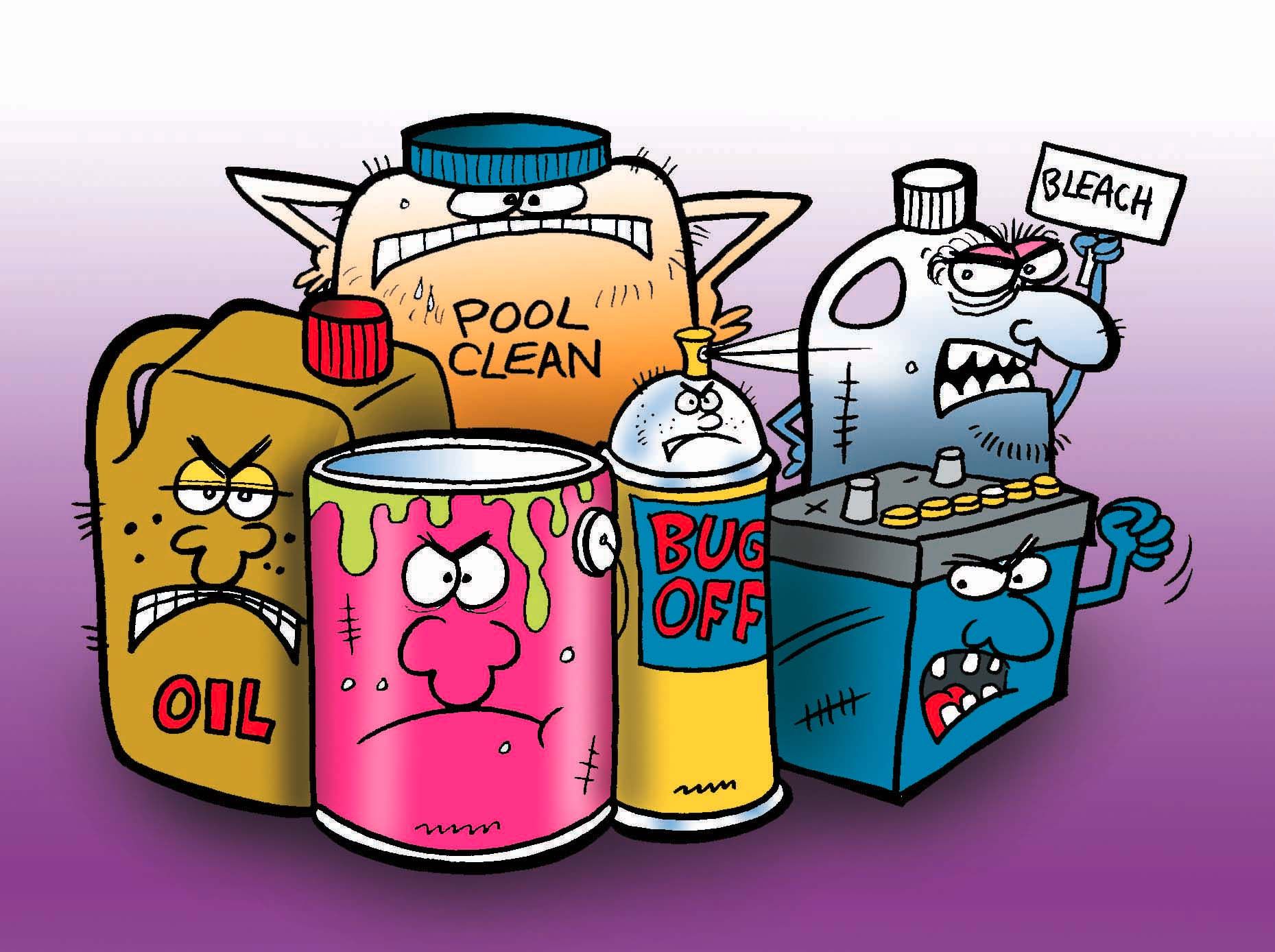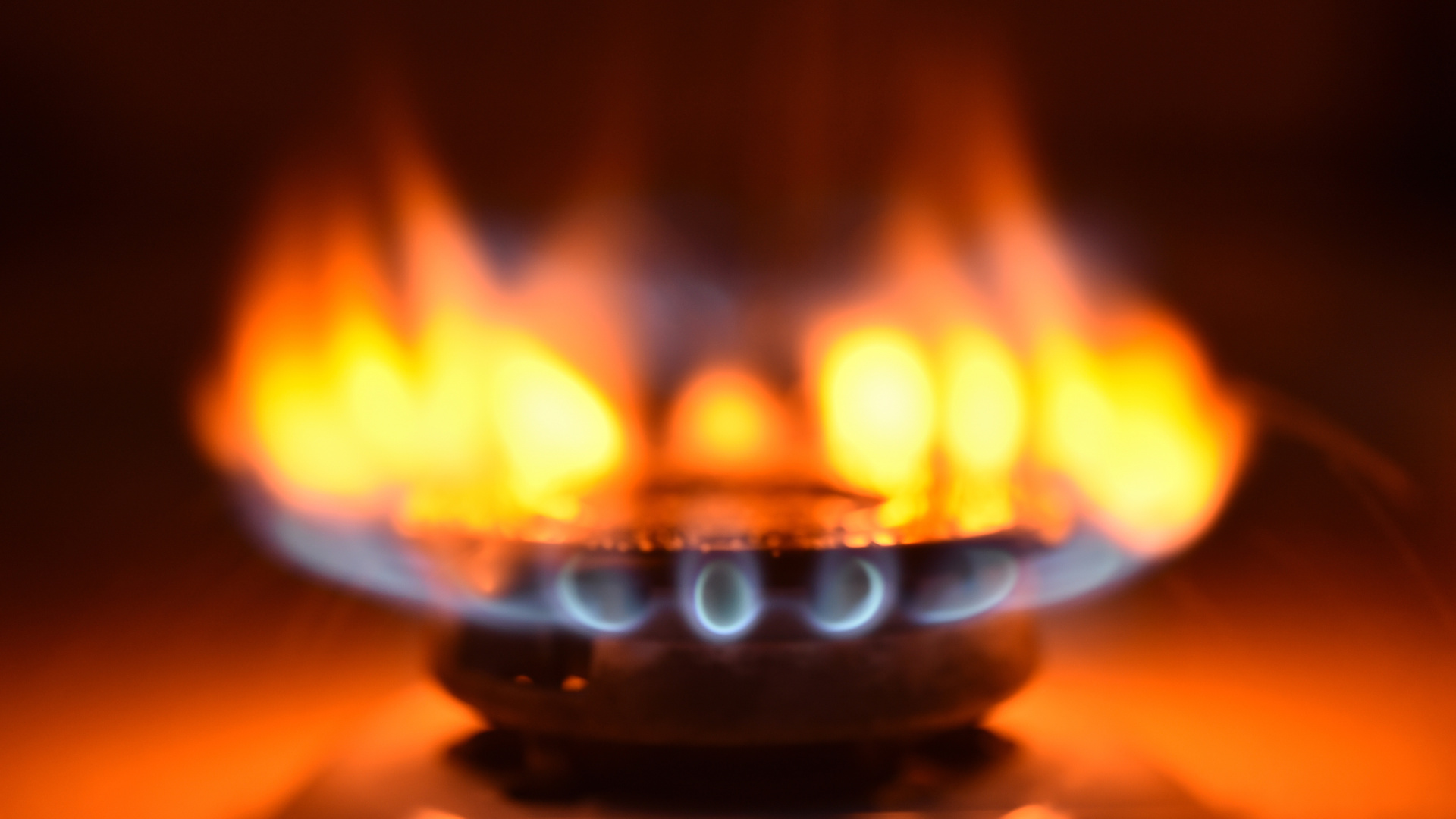Toxins are all around us. Whether it's the car fumes you inhale, the frozen dinner you eat, or the negative thoughts you have at work, toxins are everywhere. Our bodies are designed to handle daily toxic exposures through our detoxification and elimination organs, such as the liver, colon and kidneys, which do a pretty good job keeping us healthy. That being said, the things that we consume on a regular basis often raise the biggest concerns because of toxic accumulation. Anything that enters our bodies through direct contact with our mucosal membranes, inhaled into our lungs or touches our skin for long periods of time has the highest chance of entering our blood stream and influencing our health, for good or bad.
So many toxins and toxic substances roam the world we live in, making us vulnerable to their effect. There are chemical toxins in our food, air, and even in our favorite gadgets: pesticides, mercury, and even uranium are among those that contribute to health deterioration. By detoxing our bodies, we can prevent a series of health conditions that can start with the exposure to the toxins.
You've heard that toxic chemicals are bad for you, but what exactly is a toxic chemical? Here's an explanation of what is meant by the term "toxic chemical" as well as examples of common toxic chemicals you may have in your home or encounter in the environment.
Scorpions are predatory arachnids of the order Scorpiones. They have eight legs and are easily recognized by the pair of grasping pedipalps and the narrow, segmented tail, often carried in a characteristic forward curve over the back, ending with a venomous sting. Scorpions range in size from 9–12 mm (0.35–0.47 in) in Microtityus minimus to 23 cm (9.1 in) in Heterometrus swammerdami.
The evolutionary history of scorpions goes back to the Silurian period 435 million years ago. They have adapted to a wide range of environmental conditions, and they can now be found on all continents except Antarctica. There are about 1,750 described species, with 13 extant (living) families recognised to date. Their taxonomy is being revised in the light of genomic studies.
Carbon monoxide, or “CO,” is an odorless, colorless gas that can kill you. CO is found in fumes produced any time you burn fuel in cars or trucks, small engines, stoves, lanterns, grills, fireplaces, gas ranges, or furnaces. CO can build up indoors and poison people and animals who breathe it. The most common symptoms of CO poisoning are headache, dizziness, weakness, upset stomach, vomiting, chest pain, and confusion. CO symptoms are often described as “flu-like.” If you breathe in a lot of CO it can make you pass out or kill you. People who are sleeping or drunk can die from CO poisoning before they have symptoms.





